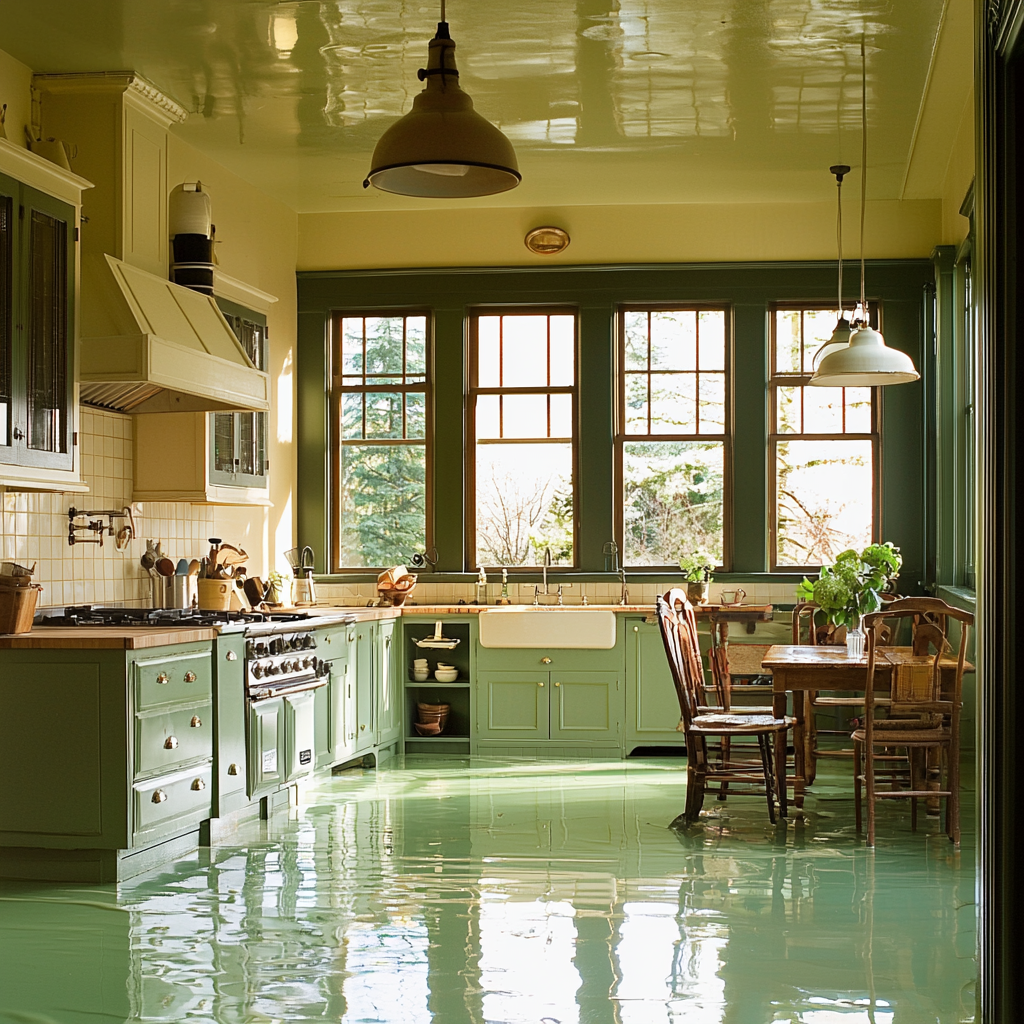In the Salt Lake Valley, summer means high heat, dry winds, and one of the most pressing issues homeowners face: water conservation during drought season. But while most residents focus on using less water, few realize that undetected plumbing leaks can quietly waste thousands of gallons—and lead to significant property damage.
From Sandy to South Salt Lake, we’ve seen midsummer water damage from hidden leaks, failed irrigation lines, and even cracked foundations caused by expanding and contracting soil. When outdoor conditions are dry and your indoor plumbing is stressed, it doesn’t take much for a slow leak to turn into a restoration emergency.
This post explains why drought conditions increase water damage risks, how to catch hidden leaks, and what steps Salt Lake City homeowners can take to protect their homes and water bills this summer.

Why Drought Season Increases Leak Risks
You might expect fewer water damage claims during a dry summer—but that’s not always the case. Here’s why leaks become more dangerous during drought conditions:
- Water tables drop, causing soil around foundations to shrink and shift
- Pipes in dry soil can crack or disconnect, especially if buried shallow
- High water demand (longer showers, more irrigation) stresses aging plumbing
- Leaks go unnoticed longer when homeowners assume low moisture means low risk
- Evaporation rates are high, which can mask pooling water from leaks
In neighborhoods like West Valley City or Holladay, where many homes rely on older plumbing infrastructure, these risks are even greater—especially when combined with water restrictions and homeowner hesitance to investigate issues that appear minor.

Signs of Hidden Plumbing Leaks in Summer
Not every leak makes itself known with puddles or dripping sounds. During hot, dry months, these are the symptoms we recommend watching for:
- Unexpected spikes in your water bill, even without added usage
- Low water pressure, especially in outdoor spigots or sprinkler zones
- Musty smells or warped flooring, especially in basements or utility closets
- Cracks in walls or foundation slabs due to soil shift from leaking pipes
- Mold growth in high-moisture rooms like kitchens or bathrooms
Outdoor irrigation lines also deserve attention—particularly if you notice green patches on the lawn or soggy soil despite drought restrictions.

Where Summer Leaks Happen Most in Salt Lake Homes
During July heat, we commonly see water damage in:
Basements and Crawl Spaces
A leaking pipe under the house may not show surface signs but can create long-term structural issues if the soil around your home shifts.
Bathrooms and Kitchens
Longer summer showers and increased cooking can put pressure on existing pipe joints, causing slow leaks that go unnoticed under cabinets or tile.
Attics with Swamp Coolers
If you use an evaporative cooler, check the water line and pan. Leaks from these systems often go undetected until they soak insulation or ceiling drywall.
Irrigation Systems
Buried lines for lawns or gardens often develop cracks during ground movement—especially when sprinkler heads get bumped or overused.

How to Prevent Summer Plumbing Leaks
As Utah faces extended periods of heat and drought, here’s what you can do to stay ahead of water damage:
- Check your water meter before and after a two-hour period of no water usage to test for hidden leaks
- Inspect exposed pipes, hose bibs, and crawl space plumbing every few weeks
- Install smart leak detectors near appliances, under sinks, or in basements
- Shut off irrigation when not needed and inspect valves weekly
- Use caulk or pipe wrap to seal minor drips before they become major repairs
- Schedule a mid-summer plumbing inspection, especially in older homes
These small steps can prevent gallons of wasted water and thousands of dollars in repairs—especially important during a water-conscious summer.

What to Do If You Find Water Damage
The moment you suspect a leak, act fast. Mold can begin growing within 24–48 hours, and long-term damage to flooring, walls, or support structures is common during summer.
At 911 Restoration of Salt Lake City, our trained crews respond 24/7 to summer plumbing emergencies. We serve all surrounding areas—including West Jordan, Murray, and Draper—with fast leak detection, professional drying, and full-service restoration.
We also help with insurance claims and can document pre-existing conditions for your records, which is especially useful during times of drought-related damage disputes.

Every Drop Counts in Utah—Inside and Out
While conserving water is crucial this summer, so is keeping every drop where it belongs. Undetected plumbing issues aren’t just wasteful—they’re destructive.
Stay proactive, stay aware, and if something seems off with your water usage, don’t hesitate to investigate. Whether it’s a slow leak or a burst pipe, our Salt Lake City team is here to help.
Suspect water damage in your home? Contact 911 Restoration of Salt Lake City for expert leak inspection and water damage cleanup.


